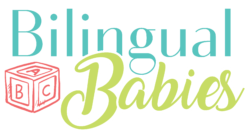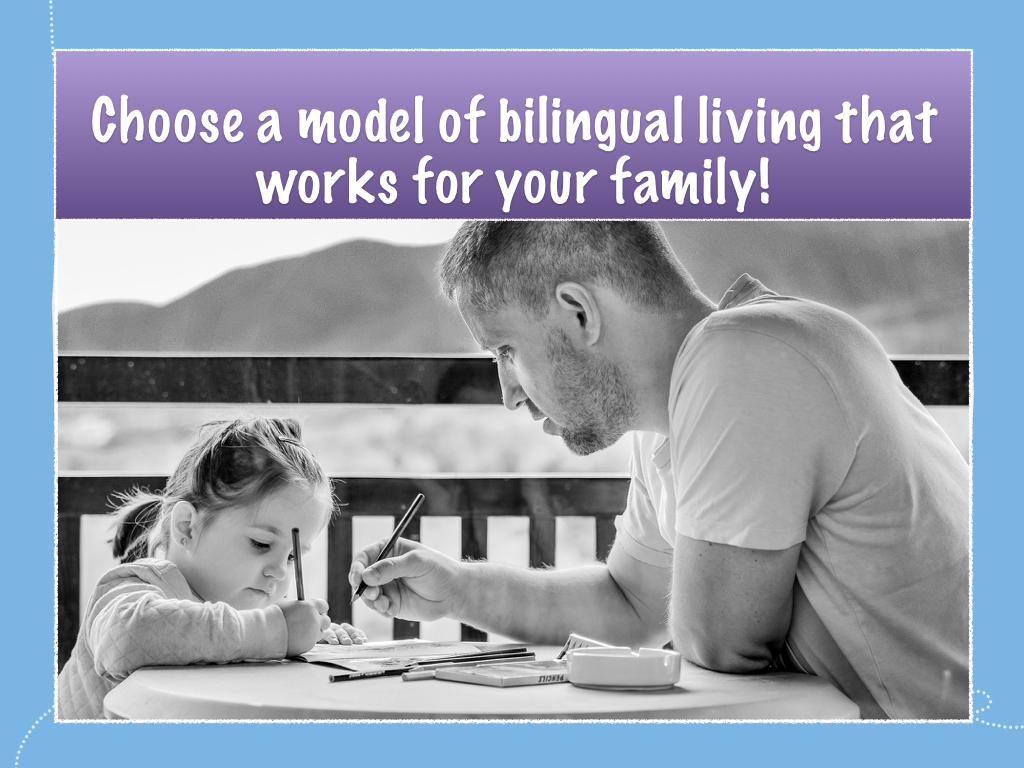One of the most frequent questions I have been asked is this one: what is the best way to raise children bilingually? Most parents seem to have heard that the One-Parent-One-Language (OPOL) approach is the best. So for some reason, the idea that each parent speaking a different language is a recipe for success is very common. But, actually, research found that OPOL is not automatically successful. Only 75% of the children raised with OPOL ended up becoming balanced bilinguals! Plus, it is not a good fit for every family.
There are four broad categories in which bilingual living has been described:
- One parent one language (OPOL):
- When each parent speaks a language that is different from the language the other parent speaks (e.g., I speak German, my husband speaks English to our daughter)
- Minority language at home (ML@H):
- When the minority language is spoken at home (e.g., the family lives in the U.S. and both parents speak Spanish at home)
- Time and Place (T&P):
- When you consciously dedicate a certain time or place to speaking the minority language (e.g., French Wednesday or Japanese during dinner)
- Mixed language policy (MLP):
- When parents mix languages depending on the topic or situation at hand (e.g., they talk about homework in English and about the trip to visit relatives in Puerto Rico next months in Spanish)
The important point is: you have to choose what works for your family! The natural approach for our family was OPOL because we live in New Jersey, I’m from Germany, and my husband is a monolingual English speaker. So it was not much of a conscious choice for us. Out of necessity, I speak German and my husband speaks English to Ella. But, if we ever moved to Germany, for example, we may adopt ml@h to provide Ella with as much exposure, practice, and interaction in English as possible. So what I’m saying is that these models or approaches should be viewed as generally flexible. Although the model you choose should not be changed on a daily or weekly basis, the approach your family takes may change relative to changes in your family’s life.
Main takeaway:
Find the approach that works best for your situation and try to maximize your child’s exposure to the minority language(s) while keeping things fun and engaging. Consistency, not rigidity is key!

